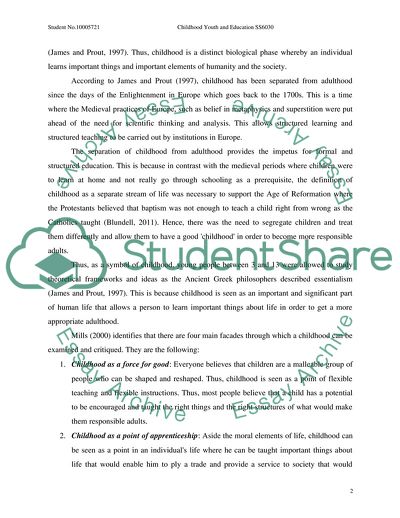Cite this document
(Childhood Youth and Education Assignment Example | Topics and Well Written Essays - 2250 words, n.d.)
Childhood Youth and Education Assignment Example | Topics and Well Written Essays - 2250 words. https://studentshare.org/education/1794997-childhood-youh-and-education
Childhood Youth and Education Assignment Example | Topics and Well Written Essays - 2250 words. https://studentshare.org/education/1794997-childhood-youh-and-education
(Childhood Youth and Education Assignment Example | Topics and Well Written Essays - 2250 Words)
Childhood Youth and Education Assignment Example | Topics and Well Written Essays - 2250 Words. https://studentshare.org/education/1794997-childhood-youh-and-education.
Childhood Youth and Education Assignment Example | Topics and Well Written Essays - 2250 Words. https://studentshare.org/education/1794997-childhood-youh-and-education.
“Childhood Youth and Education Assignment Example | Topics and Well Written Essays - 2250 Words”. https://studentshare.org/education/1794997-childhood-youh-and-education.


